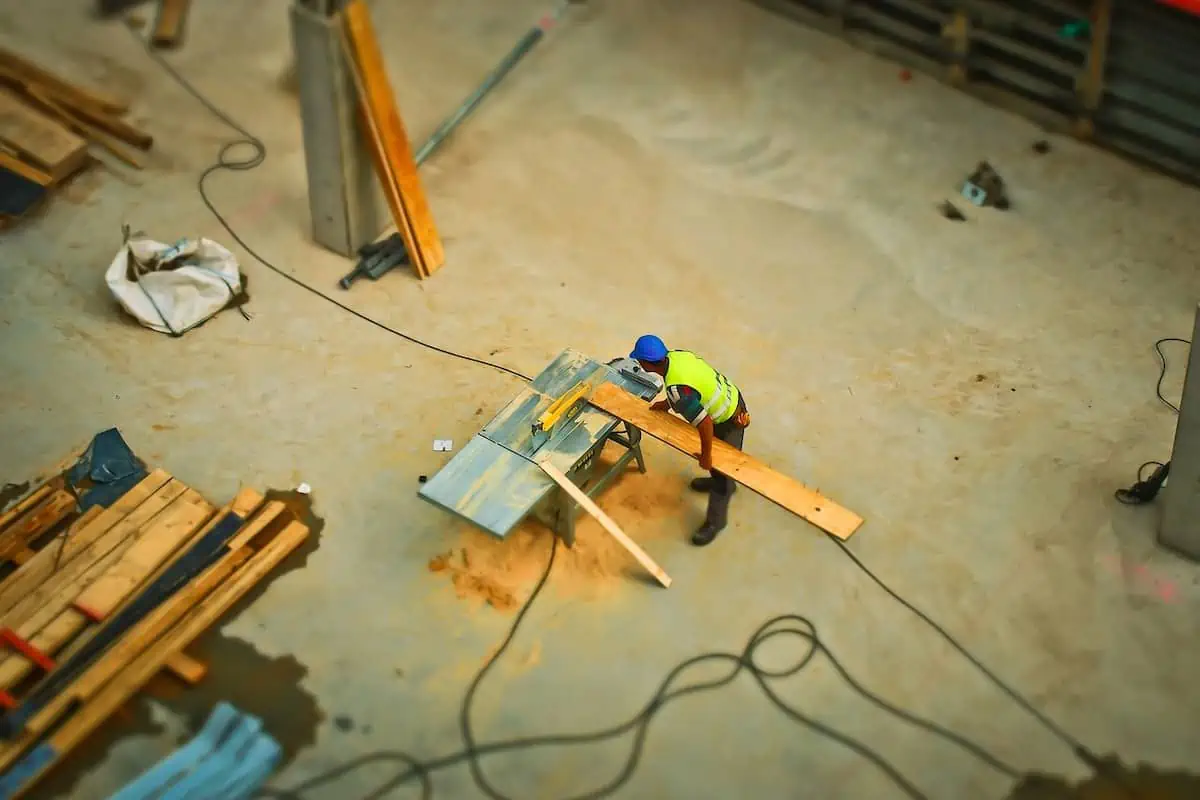The construction industry in the UK has recently enjoyed landmark growth, with February 2023 figures indicating its strongest performance in nine months.
However, the industry remains on shaky ground overall, with numerous factors impacting the stability of ongoing and future products – including the rising cost of materials.
These amount to serious disruptions of industry supply chains – but how exactly do these disruptions impact the industry?
Supply Chain Disruptions, Explained
For the uninitiated, the term ‘supply chain’ refers to a linear network of suppliers, distributors, logistics businesses and consumers. A given product or material starts its journey after manufacture or initial attainment, at the top of the supply chain.
From here, the product or material is sold on to a distributor or third party, that itself has connections to regional sales centres or warehouses. The product is sold or distributed to these regional destinations, whereupon it becomes available to an individual or business for local purchase or delivery.
If a supply chain is disrupted, then a link at any point in this chain has been severed. This can occur for a number of reasons. A business might have cashflow issues, resulting in an inability to afford a shipment of the material; a haulage company that would usually handle the distribution of material to regional centres might encounter weather-related difficulties, delaying a shipment from arriving.
The factors that impact supply chains are practically innumerable, and disruptions can occur without warning. Any disruption can have knock-on impacts for every successive link in the chain, costing intermediaries and the end consumer significant time and money.
Supply Chain Disruptions in Construction
The construction industry has experienced profound shifts in the stability of previously solid supply chains, with the UK’s departure from the EU adding fresh difficulties to the import of goods and materials. Between trade tariffs and a period of poor performance from the pound sterling, the price of building materials rose rapidly.
Spikes in demand for products (eg. lumber) can also create supply chain issues, where businesses further up the chain have previously reacted to lower demand. The aftermath of the coronavirus pandemic is a strong example of this, as construction projects started up en-masse with the relaxation of restrictions.
How Businesses Adapt
There are a number of different ways that businesses adapt to account for supply chain disruption. For example, builders insurance is a key part of the equation for creating security within the construction industry. The right insurance plan can protect businesses against theft of materials or natural disasters, ensuring that cashflow is not negatively impacted by the destruction or delay of materials.
In today’s volatile market, where disruption is caused by new trade barriers and rising import costs, businesses are required to be more agile. This means seeking out alternative material sources, and even alternative materials and the better management of equipment.
This might mean further adjusting the price of services or moderating the expectations of businesses further down the chain, but ensuring alternatives are available can keep core projects on track.
Construction Industry article and permission to publish here provided by Iolanda Fernandes. Originally written for Supply Chain Game Changer and published on June 19, 2023.
Cover image by Hands off my tags! Michael Gaida from Pixabay

